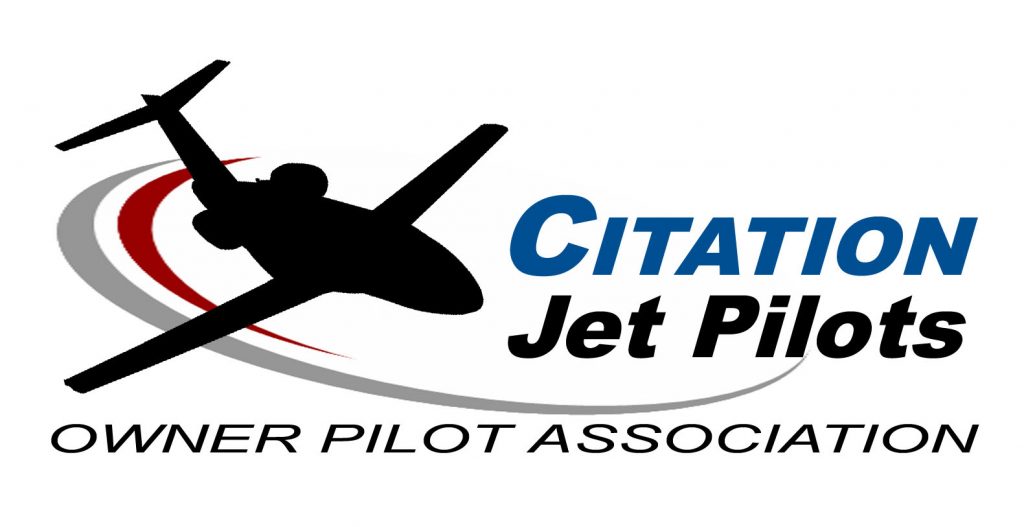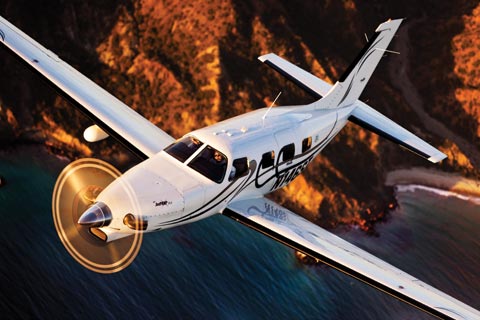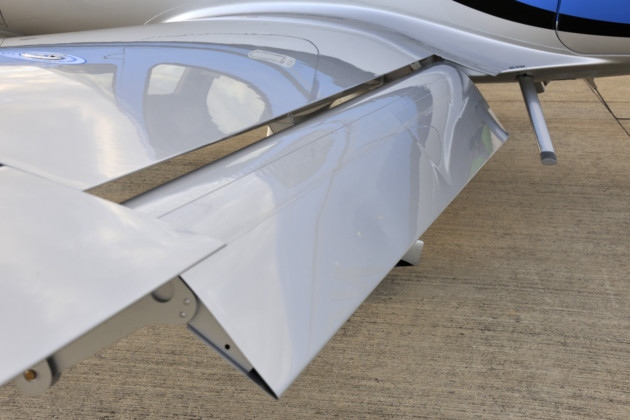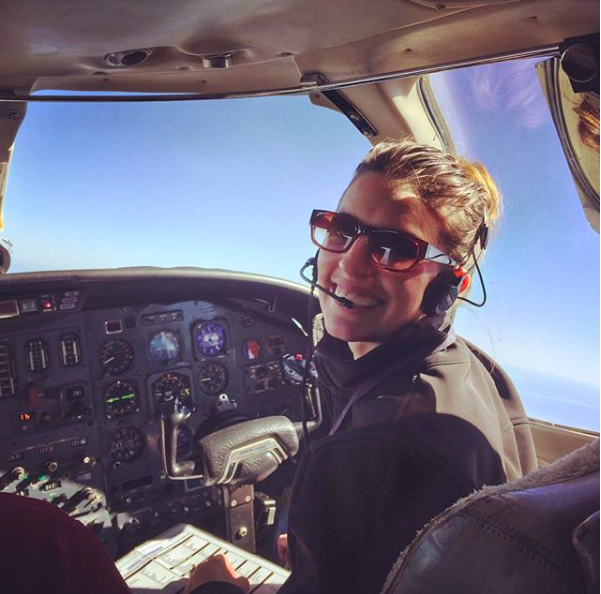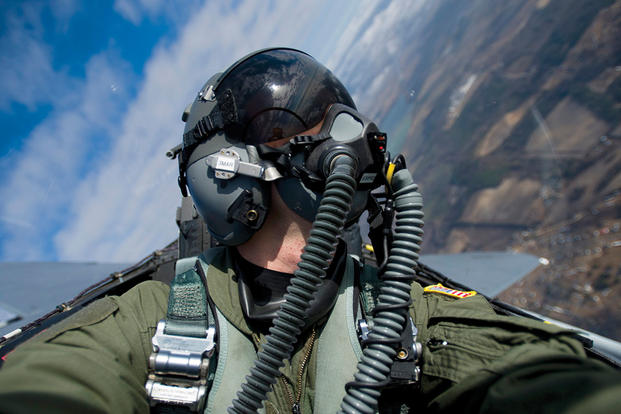First Aid Kit on Steroids
We have all seen the little first aid kits that a pilot can get to carry in an airplane. It usually has some bandaids, maybe some gauze, and some antibiotic ointment. Very helpful in the even that your paper VFR chart cuts your finger when you are unrolling it.
What happens if you crash in a harsh environment and you have some actual injuries to take care of?
Enter the Guardian Seven Trauma G7-Alpha Trauma and Egress Kit. It literally is a First Aid Kit on steroids.
Guardian Seven Trauma has put together a kit that contains just about anything you need to take care of an injury from an airplane crash. Plus, the kit only weighs less than 2 pounds. It easily mounts in an aircraft and can be opened with only one hand.
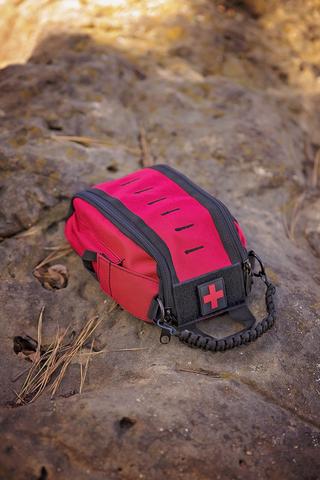
The kit contains:
- CAT Tourniquet
- Quick Clot Z Hold Hemostatic Gauze
- 4″ Emergency Trauma Dressing
- Nasal Airway
- ARS Needle
- HyFin Chest Seal Twin Pack
- (4) 3″ Gauze Rolls
- Triangle Bandage
- Mylar Blanket
- Leatherman Z Rex Tool (for emergency egress)
- Trauma Shears
- Roll of Medical Tape
- Bear Claw Glove Kit
- Permanent Marker
- Multi Purpose Paracord Handle
- Nylon Straps with Buckles (2)
- Medical Patch
Want to upgrade your first aid kit? Visit Guardian Seven’s website to order the G7-Alpha kit.

